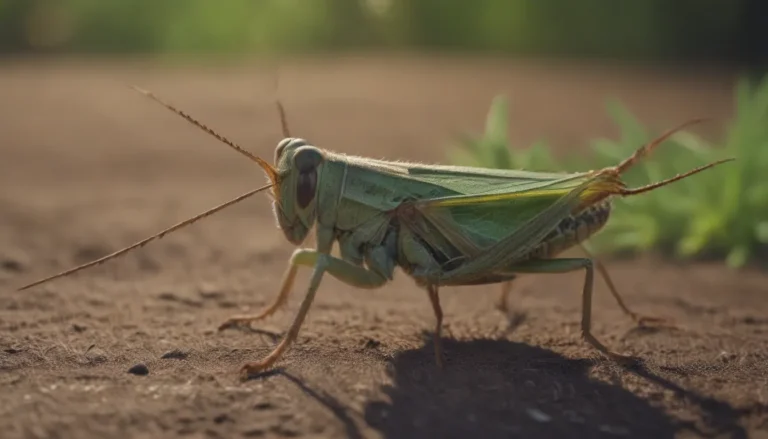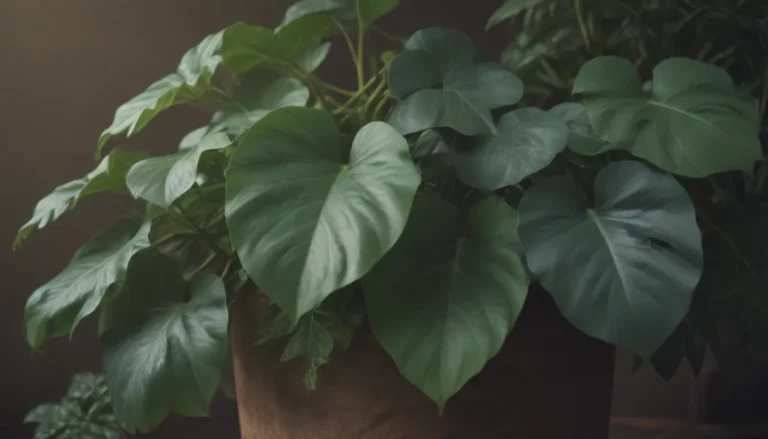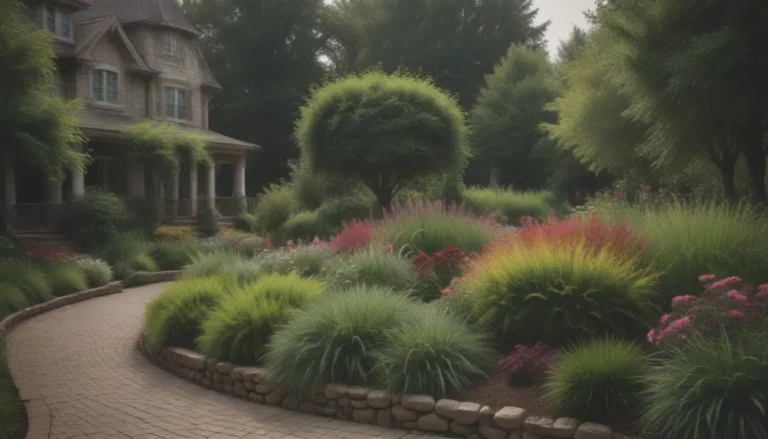The Comprehensive Guide to Growing and Caring for Heart-Leaf Philodendron

Welcome to our in-depth guide on how to grow and care for the beloved Heart-Leaf Philodendron plant! In this article, we will explore the key steps and tips to help you ensure your plant thrives and remains healthy. Whether you are a seasoned plant enthusiast or a beginner looking to add a touch of greenery to your home, this guide is for you.
Introduction to the Heart-Leaf Philodendron
The Heart-Leaf Philodendron, scientifically known as Philodendron hederaceum, is a stunning evergreen foliage plant native to tropical regions of South and Central America and the West Indies. Commonly known as the sweetheart plant, it is a popular choice as a houseplant due to its year-round beauty and low maintenance requirements. The dark green leaves, which often emerge as bronze-colored, add visual interest to any indoor space. While mature plants may produce small greenish-white flowers on rare occasions, the main attraction of this plant lies in its lush foliage.
Benefits of Growing Heart-Leaf Philodendron
- Offers year-round beauty
- Low maintenance plant
- Easy to propagate through stem cuttings
- Long-lived plant, with proper care
- Adds a touch of tropical feel to any space
Heart-Leaf Philodendron Care Tips
Taking care of a Heart-Leaf Philodendron is relatively easy, requiring minimal effort but providing maximum beauty. Here are some essential care tips to ensure your plant remains healthy and vibrant:
Light
- Requires bright, indirect light
- Avoid direct sunlight to prevent leaf scorching
- Ensure growth remains vigorous with 2-4 inch long leaves
Soil
- Use a soilless potting mix with peat moss
- Add perlite for better drainage
- Consider slow-release fertilizer to provide nutrients
Water
- Use tepid water, not cold water
- Avoid overwatering to prevent yellowing leaves
- Let the soil dry out between waterings
Temperature and Humidity
- Prefers 40% humidity level
- Tolerates dry air but watch for excessive humidity
- Keep away from extreme heat sources and direct sunlight
Fertilizer
- Apply diluted fertilizer solution in spring and summer
- Do not feed during winter months
Types of Philodendron
While the Heart-Leaf Philodendron is a popular choice for indoor plants, there are other species and variations within the Philodendron genus that you might come across. Here are a few types to consider:
– Philodendron selloum ‘Selloum’
– Philodendron x ‘Xanadu’
– Hybrid philodendrons like ‘Autumn’, ‘Black Cardinal’, ‘Majesty’, and ‘Prince of Orange’
Pruning and Propagating Heart-Leaf Philodendron
Pruning and propagating your Heart-Leaf Philodendron are essential tasks to maintain its health and appearance. Here are some tips on how to do it effectively:
Pruning
- Pinch off growing stems for a bushier and fuller plant
- Remove dead or yellowed leaves
- Promotes growth and dense foliage
Propagating
- Easily propagate through rooting stem cuttings
- Simple method for expanding your plant collection
Potting and Repotting Heart-Leaf Philodendron
Proper potting and repotting are crucial for the overall health and longevity of your Heart-Leaf Philodendron. Follow these steps for successful potting and repotting:
– Use a commercial potting mix with good drainage
– Repot every two to three years to prevent root rot
– Maintain a healthy root system for a thriving plant
Overwintering and Common Pests
Ensuring your Heart-Leaf Philodendron thrives during the colder months and remains free from pests is essential for its well-being. Here are some key tips to keep your plant healthy:
– Reduce watering slightly in winter
– Protect from cold drafts near windows or doors
– Watch out for common pests like fungus gnats, aphids, and spider mites
Common Problems and Solutions
While Heart-Leaf Philodendron is a resilient plant, it can face a few issues that may affect its growth and appearance. Here are some common problems you may encounter:
– Yellowing leaves indicate too much water or insufficient light
– Browning leaves may result from overfertilization or sun exposure
– Long stems with few leaves can be pruned for a denser plant
By following these care tips and addressing any issues promptly, you can enjoy a lush and healthy Heart-Leaf Philodendron that will brighten up your living space for years to come.
In conclusion, the Heart-Leaf Philodendron is a beautiful and low-maintenance plant that can thrive indoors with the right care. With its stunning foliage and easy propagation, it is a popular choice for both novice and experienced plant enthusiasts. By following the tips and guidelines provided in this guide, you can ensure your Heart-Leaf Philodendron remains healthy, vibrant, and a delightful addition to your home decor.





